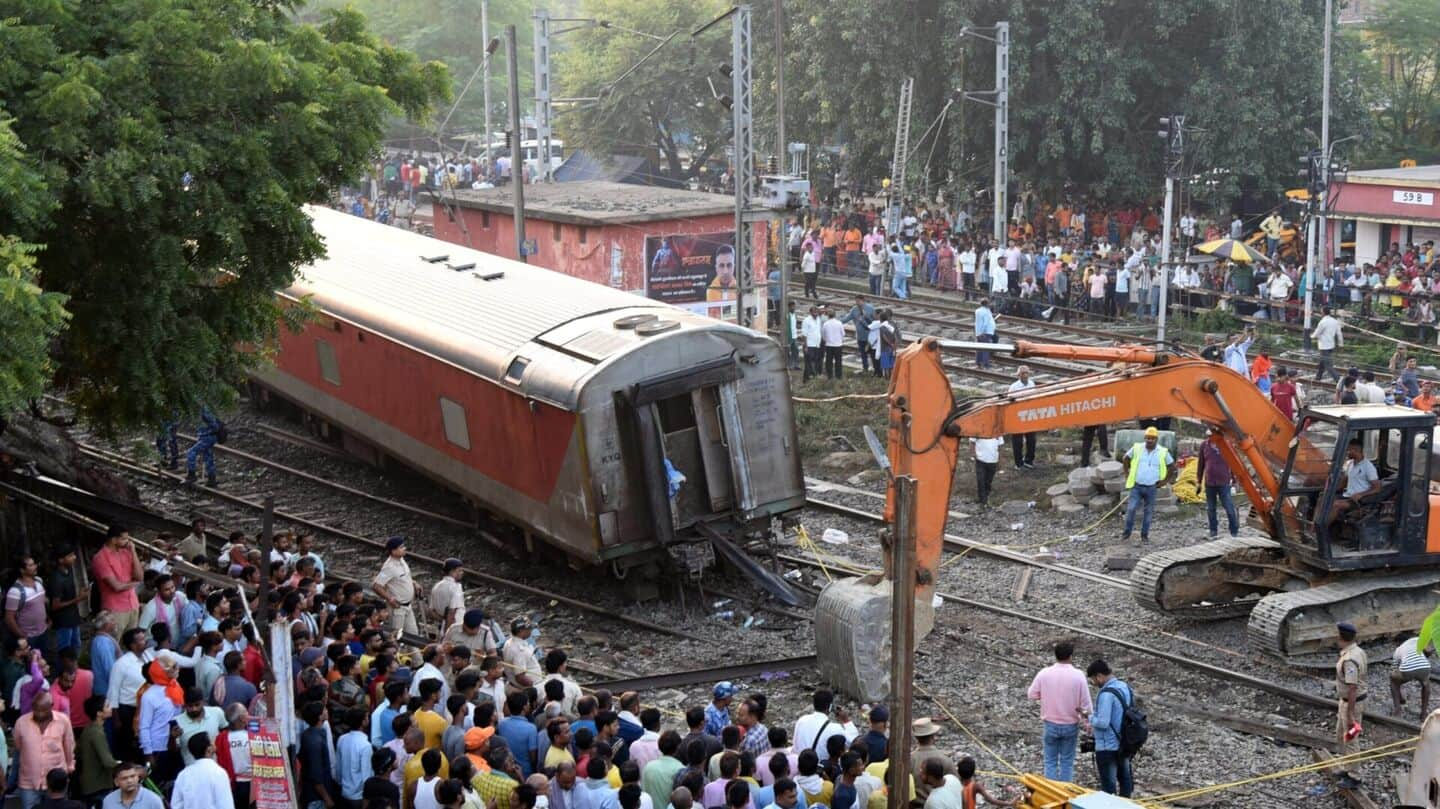
Raghunathpur derailment caused by failure to detect rail flaws: Report
What's the story
The October 2023 derailment of the North-East Express at Raghunathpur Station in Bihar was caused by a failure to promptly detect rail flaws, a final investigation report revealed. The report, by Suvomoy Mitra, the then Commissioner of Railway Safety (Eastern Circle), stated that stricter monitoring is needed in controlling processes involved in rail manufacturing. At least four people died and several others were injured in the incident.
Action taken
Railways' response to the report
In response to the report, the Railways said it is continuously improving and upgrading its processes. The action taken report mentioned several steps to improve the chemical and metallurgical properties of rails. It also said that various modules in the Track Management System (TMS) are operational for monitoring USFD (Ultrasonic Flaw Detection) testing of rails and welds, with data being regularly fed and monitored for necessary maintenance.
Safety measures
Technologies under trial for broken rail detection systems
The report also highlighted that three technologies are under trial for broken rail detection systems in various zonal railways. These include the Continuous Broken Rail Detection System (NGRT), Acoustic Domain Technology Rail Acoustic, and Vibration Energy-based Broken Rail Detection System. The CRS recommended mechanisms for identifying fatigue cracks in rails, which the Railways said it has addressed through a new technology called Phased Array Ultrasonic Single Rail Tester.
Further suggestions
Recommendations for maintenance of rolling stock
The CRS advised that the locomotives and coaches of all running trains should be closely examined, and defective rolling stock should not be permitted, especially in high-speed Mail Express Trains. It also suggested that maintenance records of Coaches and locos should be computerized for easy access to data. The CRS further recommended installing a Cab Voice Recorder in the Loco to record crew conversations during/just before accidents.
Existing protocols
What Railways said in response to recommendations
In response to these suggestions, the Railways said it already has a procedure to regularly examine all coaches. It also noted that the Crew Voice and Video Recording System (CVVRS) is installed in 479 locomotives and is being implemented in all locomotives. The CRS stressed the need for formal training or guidelines for videography and photography of the accident site, which the Railway Ministry said has already been addressed through various orders.